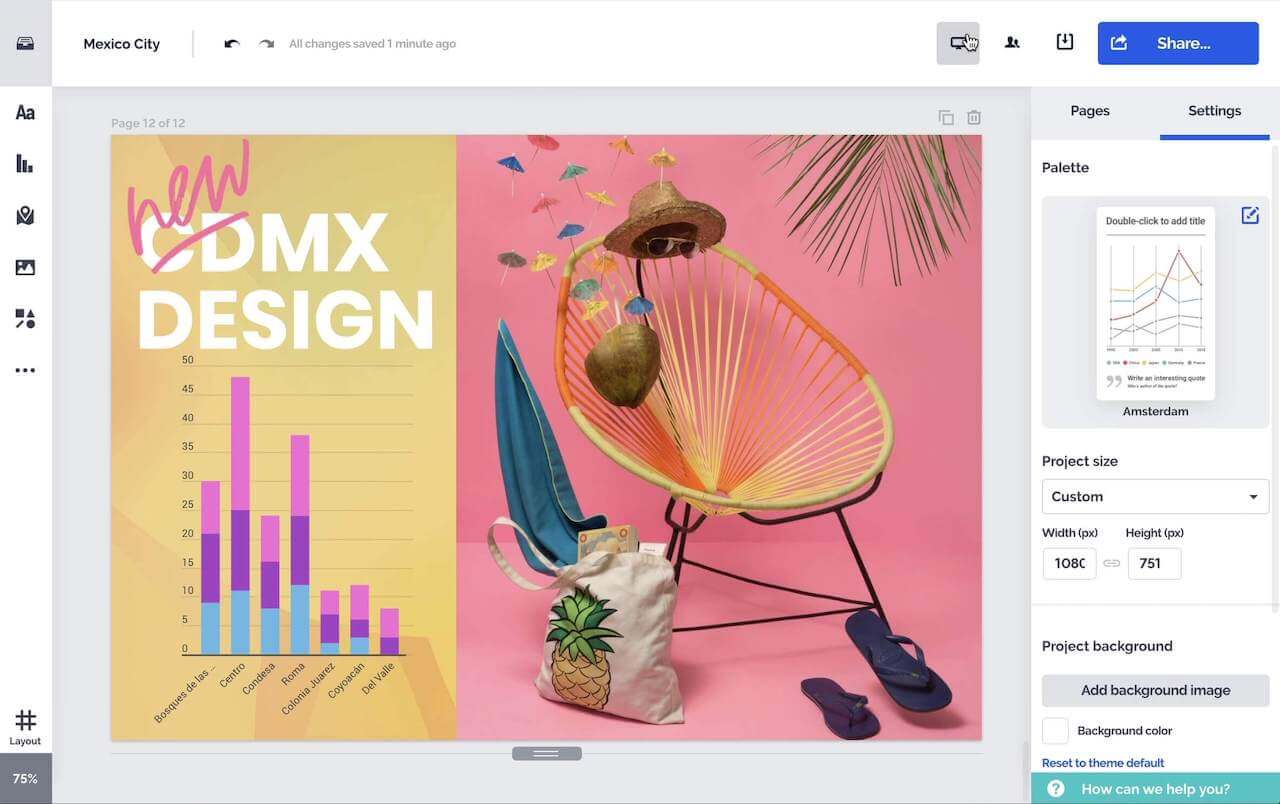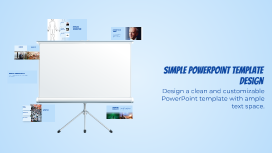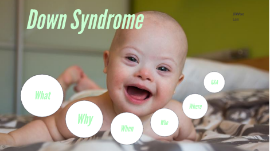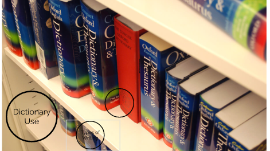Simple PowerPoint Template Design
Transcript: Height: 5'8" The individual stands at a height of 5 feet 8 inches, which is considered average for their demographic. This height contributes to their balanced and proportionate appearance. Hair Color: Chestnut Brown Physical Description Their hair is a rich chestnut brown, often styled in a way that complements their facial features. The texture is thick, adding to the overall volume and style. Introduction to [Name] Eye Color: Blue The individual has striking blue eyes, which are often described as expressive and captivating. Their eye color contrasts well with their hair and skin tone. This slide presents a brief overview of [Name], highlighting their age and offering an introductory glimpse into their identity. Strengths Weaknesses The individual exhibits strong leadership qualities, demonstrating confidence, decisiveness, and the ability to inspire others. However, they may struggle with delegation, often taking on too much responsibility themselves, which can lead to burnout. On the other hand, they are highly empathetic and sensitive to the emotions of others, fostering strong relationships and collaboration. This can sometimes result in emotional vulnerability and difficulty in asserting their own needs when in conflict with others. Evolution of Hobbies and Interests Simple PowerPoint Template Design A timeline showcasing the growth and change of personal hobbies and interests over the years. Young Adult Present Teenage Years Childhood Developed a love for drawing and painting, spending hours creating art. Became passionate about sports, particularly soccer and basketball, while also exploring music through playing the guitar. Engaged in volunteer work and gardening, focusing on community involvement and sustainability. Began traveling and exploring photography, capturing landscapes and cultures through a camera lens. Design a clean and customizable PowerPoint template with ample text space. Community Engagement Dreams and Aspirations The individual participates in local charity events, helping to raise funds for various causes. They often volunteer their time and skills to support community needs. This slide highlights the individual's aspirations for the future, focusing on personal ambitions, career goals, and the impact they wish to make in their community. Cultural Involvement Activities In addition to charity work, the individual enjoys attending cultural festivals and local markets, promoting community spirit and local artisans. Club Participation The individual is also an active member of various clubs, where they participate in activities such as book reading and outdoor adventures.

















